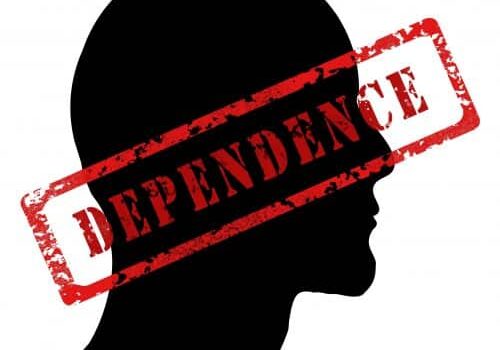Habeas Petitions and Gap Delays
California and reasonable “Gap Delay”
The California Supreme Court has finally given some guidance on how much “gap delay” is considered “reasonable” before a habeas petition is too late. That’s the time interval between habeas petitions when a state prisoner files a new petition to “appeal” the denial of a habeas petition. It’s a question that has perplexed federal courts for decades, and the Court’s decision was an answer to a question then U.S. Court of Appeals for the Ninth Circuit posed to it over five years ago. See: Robinson v. Lewis, No. S228137 (Cal. S. Ct. July 20, 2020); Robinson v. Lewis, 795 F.3d 926 (9th Cir. 2015).
It’s an important decision because California prisoners, and federal prisoners with concurrent California state cases, have just a year to file a habeas petition in federal court if they’re denied by the state courts. That one year is tolled, however, while a state habeas petition is “pending,” which includes any appeals of the denial of that petition. But California doesn’t allow appeals of habeas petition. Instead, a new habeas petition is filed in the Court of Appeal (or Supreme Court) and it’s not really an “appeal” per se.
Federal courts have always assumed that California’s serial habeas rule is the same as the appeal process for other state post-conviction systems. This has meant that federal courts have dismissed federal habeas petitions under 28 U.S.C. s. 2254 by California prisoners as untimely, saying that tolling stopped because they filed their next habeas petition beyond the typical time to file a notice of appeal in those other state systems (usually 30 to 60 days).
Conclusion
The California Supreme Court said this assumption was wrong and that California’s habeas process is not like an appeal. A habeas petition in state court is often the only briefing a case gets, the Court said. Therefore, the California Supreme Court established a “safe harbor,” as it called it, of 120 days where a habeas petitioner would “never” be too late. Even after the 120 days, a petition may still be timely-filed if good cause is shown.
I think this case also highlights the problems with the federal Antiterrorism and Effective Death Penalty Act (AEDPA), a baseless law that has been picked apart by the courts over the last 25 years. The purpose of the AEDPA, the courts have said, is to promote “finality” of convictions. But what good does the one-year limit do when the state, who has that interest in finality, says that a conviction should be re-examined to avoid an injustice? Whose finality is the AEDPA promoting at that point by barring any subsequent federal challenge after a year?
More by Dale Chappell
Recommended for you
Amendment 782 Motion Reconsideration
Reinaldo Rivera moved for 18 U.S.C. § 3582(c)(2) relief based on Amendment 782 to the Guidelines, commonly known as “drugs minus 2.” The district court granted the motion and reduced his sentence to 420 months from LIFE. But in doing so, the district court believed Rivera’s mandatory minimum was 30 years for his CCE conviction.…
Drug Treatment And Vocational Training Improper Sentencing Considerations
Christopher Thornton moved for a downward variance at sentencing arguing, among other things, that “in-prison treatment during the proposed thirty-eight months would help mitigate any potential risk he posed to the community.” The district court denied the motion, but in doing so said that Thornton had “mental-health issues, and he needs drug treatment” and that…




